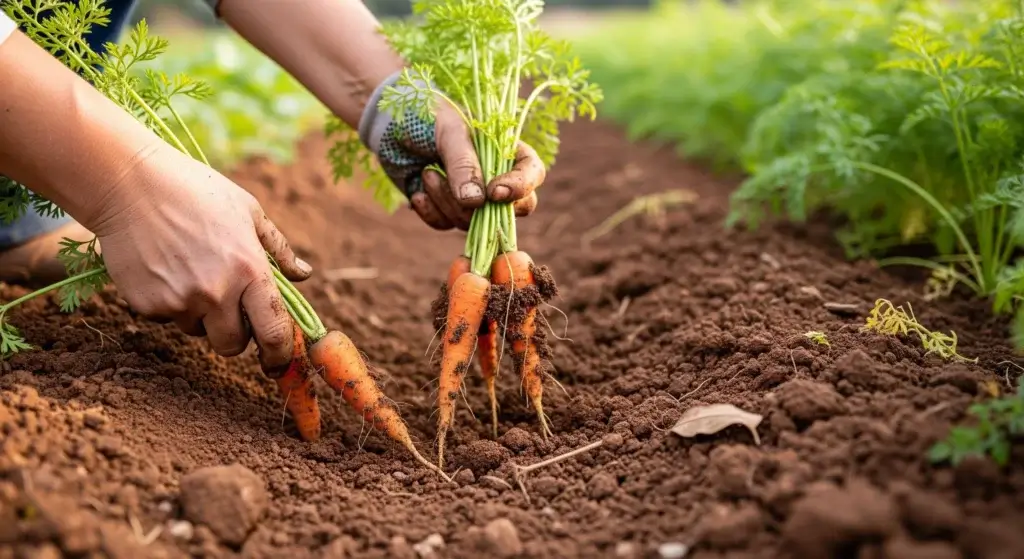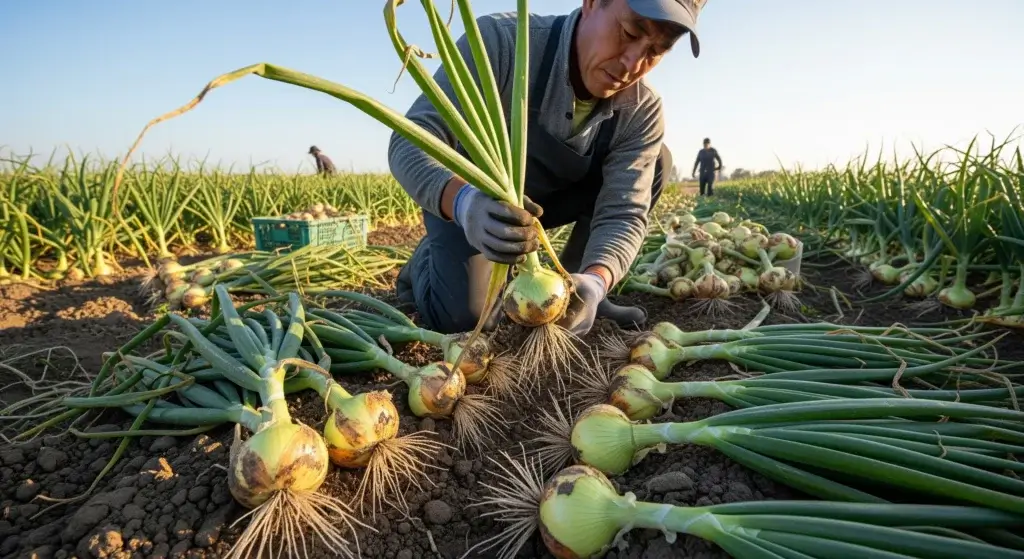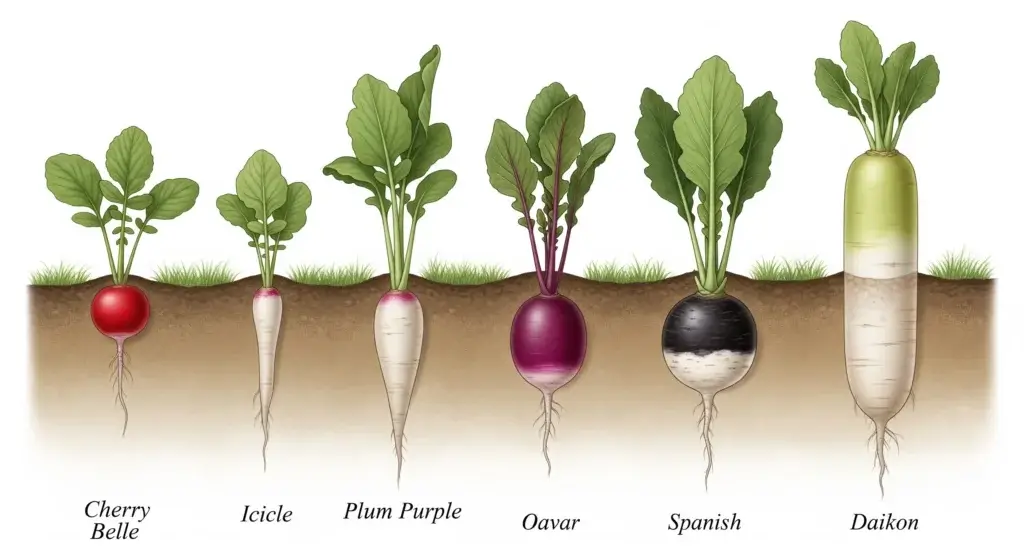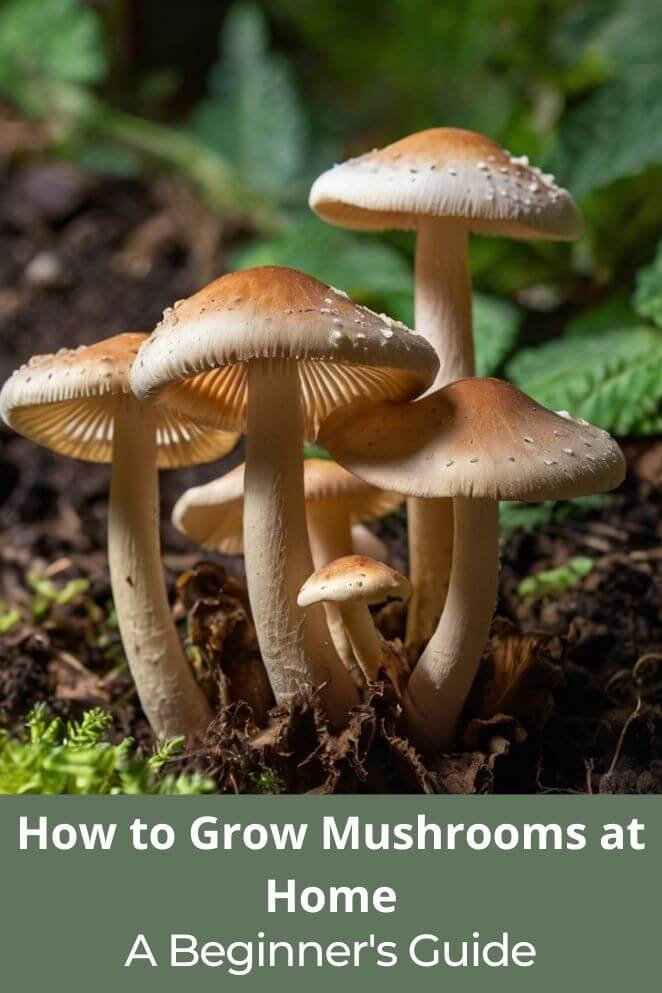
Mushroom growing at home is having a moment—and it’s easy, fun, and green-friendly.
Whether you’re a cooking pro or new to plants, you can grow fresh fungi indoors without a lab coat.
Ready to start your own little mushroom squad? Let’s dive in!
Why Grow Mushrooms at Home?
Why bother growing mushrooms at home?
Well, there are some pretty sweet perks:
Freshness
When you pick mushrooms straight from your indoor farm, you’re grabbing them at their flavor peak—no sad, soggy supermarket survivors here.
Homegrown ‘shrooms boast max nutrition and taste, kind of like eating a tomato fresh off the vine versus one that’s traveled cross-country in a cardboard box.
Sustainability
Mushrooms are already eco-champs, but growing them at home takes it up a notch.
You cut out long-haul shipping, plastic packaging, and extra food miles—your carbon footprint does a happy dance.
Plus, many growers use coffee grounds or discarded substrates as a growing medium, turning kitchen waste into gourmet food.
- Read also: Growing Carrots Indoors: A Complete Guide for Beginners
- Read also: Step-by-Step Plan: 5 Steps on How to Grow Spinach Indoors
Cost-effective
Buying exotic mushrooms—think shiitake, oyster, or lion’s mane—can cost a small fortune at the grocery store.
When you grow your own, you invest once in spawn and supplies, then harvest multiple flushes of mushrooms over weeks or months.
Educational
Growing mushrooms at home doubles as a mini science experiment.
You’ll learn about spores, mycelium networks, and fruiting triggers—nerd out on how fungi go from invisible threads to tasty caps.
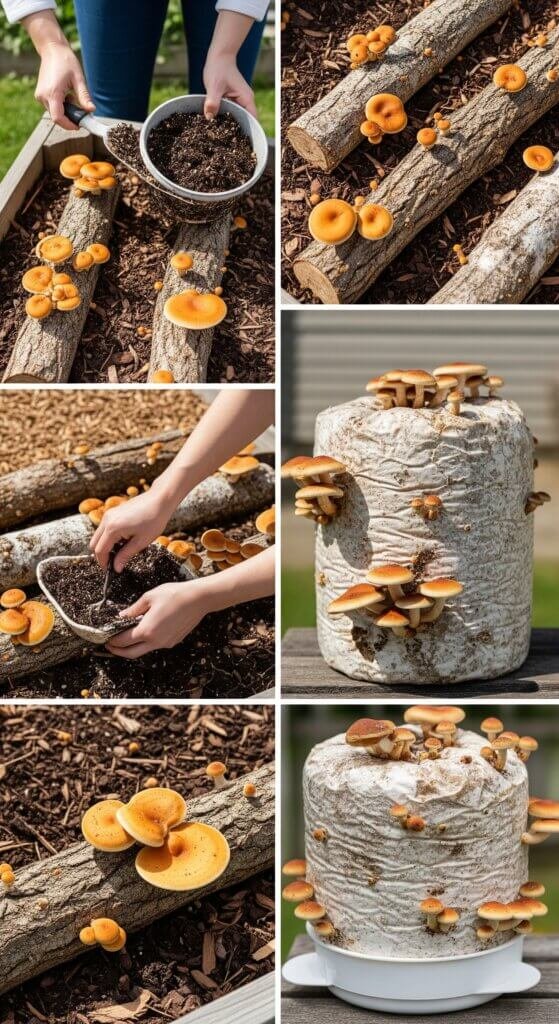
Choosing the Right Mushroom Variety
If you’re new to mushroom growing, some species play nicer with beginners than others—kind of like choosing between a chill dog versus a high-energy one when you’re just getting your pet game on.
Oyster Mushrooms (Pleurotus spp.)
These are the rockstars of home mushroom growing.
They grow fast, are super adaptable, and don’t fuss much about their food—whether it’s straw, coffee grounds, or cardboard, oyster mushrooms are down to munch on almost anything.
Think of them as the easygoing, party-loving friend who shows up and gets the vibe going quickly.
White Button Mushrooms (Agaricus bisporus)
You know these guys from the grocery store—classic and reliable.
They prefer composted manure, so their growing setup is a bit more specific.
They’re like the dependable buddy who sticks to routine but rewards you with tasty results.
Perfect if you want that familiar mushroom flavor in your dishes.
Shiitake Mushrooms (Lentinula edodes)
If you want to step up your mushroom game and impress your foodie friends, shiitakes are the way to go.
They’re flavorful, a bit more particular, and usually grow on hardwood logs or sawdust.
Growing shiitake is like mastering a cooking technique—takes a bit more patience, but the payoff is next-level.
Pro Tip: Start with oyster mushrooms—they’re basically the “training wheels” of mushroom cultivation.
Quick to grow, resilient, and forgiving, they’ll give you a confidence boost before you tackle the more high-maintenance varieties.
Essential Supplies and Equipment
Alright, to grow your own mushroom squad, you gotta gear up with the right stuff—think of it like assembling your own fungal starter pack.
- Mushroom spawn: This is the living mycelium—the mushroom’s version of seeds. It’s what kickstarts the whole show by colonizing your growing material.
- Substrate: Basically, the mushroom’s all-you-can-eat buffet. Straw, sawdust, coffee grounds—your fungi’s favorite hangout spots to munch and multiply.
- Growing containers: Grab some plastic tubs, buckets, or those fancy grow bags. They’re the mushroom’s cozy little homes.
- Humidity tent or plastic sheeting: Mushrooms love their humidity like a rainforest. Use a tent or cover to keep things nice and moist.
- Spray bottle: Your daily misting tool—think of it as giving your mushrooms a refreshing shower.
- Thermometer and hygrometer: Keep tabs on the temp and humidity like a pro. Mushrooms are divas about their comfort zone.
With this kit, you’re ready to start your own indoor mushroom party.
Just add patience (and maybe some fun Spotify tunes for your fungal friends).
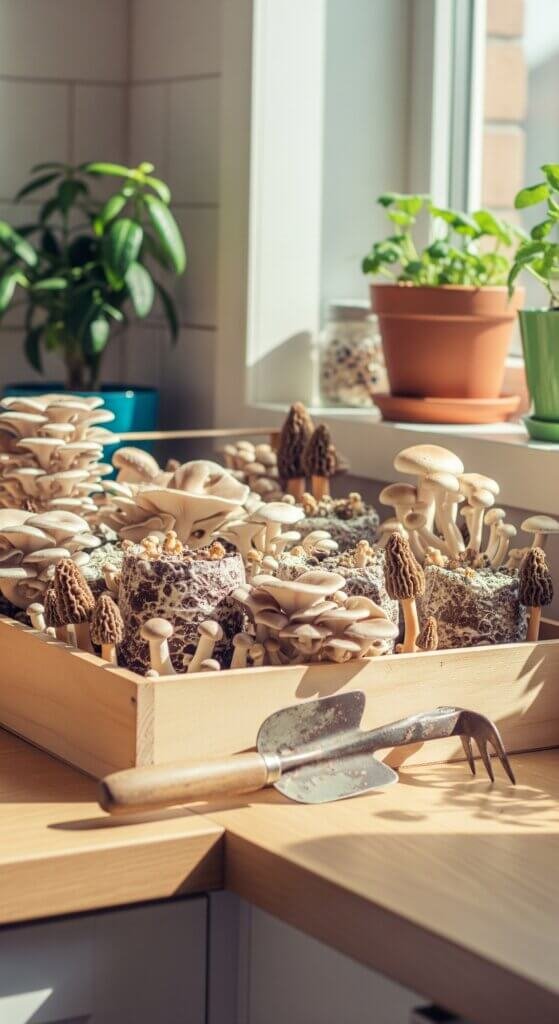
Step-by-Step Guide to Growing Mushrooms Indoors
Ready to get your hands (and your living room) a little funky?
Growing mushrooms indoors isn’t rocket science, but it does need some TLC.
Here’s the lowdown on each step—think of it like your mushroom-growing recipe, minus the kitchen chaos.
1. Prepare the substrate
First up, choose the right meal for your mushroom type:
- Oyster mushrooms? Go for pasteurized straw or coffee grounds—bonus: coffee grounds are basically fungal espresso.
- Shiitake lovers, you’ll want sterilized hardwood sawdust or logs (it’s like a fancy hardwood dining table for your mushrooms).
- Button mushrooms? Composted manure is their thing, a bit like organic comfort food.
Make sure whatever you pick is clean and ready to avoid any unwanted microbial party crashers.
2. Inoculate the substrate
Mix your mushroom spawn (the mushroom “seeds”) evenly into the substrate.
Spread it out like you’re marinating a good steak—uniform is key!
Then, loosely fill your containers so your mushrooms can breathe and stretch out.
3. Incubation
Tuck your setup into a cozy, dark spot that’s warm (about 65–75°F).
This is the mycelium’s Netflix-and-chill phase, where it colonizes the substrate.
You’ll see it spread like white spiderwebs—this means your fungi friends are moving in.
4. Fruiting
Once the substrate is fully colonized, it’s showtime!
Move your containers to a cooler, light spot (think 55–65°F), but skip direct sun—your mushrooms aren’t into sunbathing.
Mist regularly and cover with a humidity tent to keep things steamy, like a rainforest spa.
Don’t forget to let in some fresh air; mushrooms like a little breeze now and then.
5. Harvest
In about a week or two, your mushrooms will be ready to pluck.
Gently twist and pull them off like harvesting treasure.
Keep the care going because your substrate might give you several rounds of mushrooms—hello, repeat harvests!
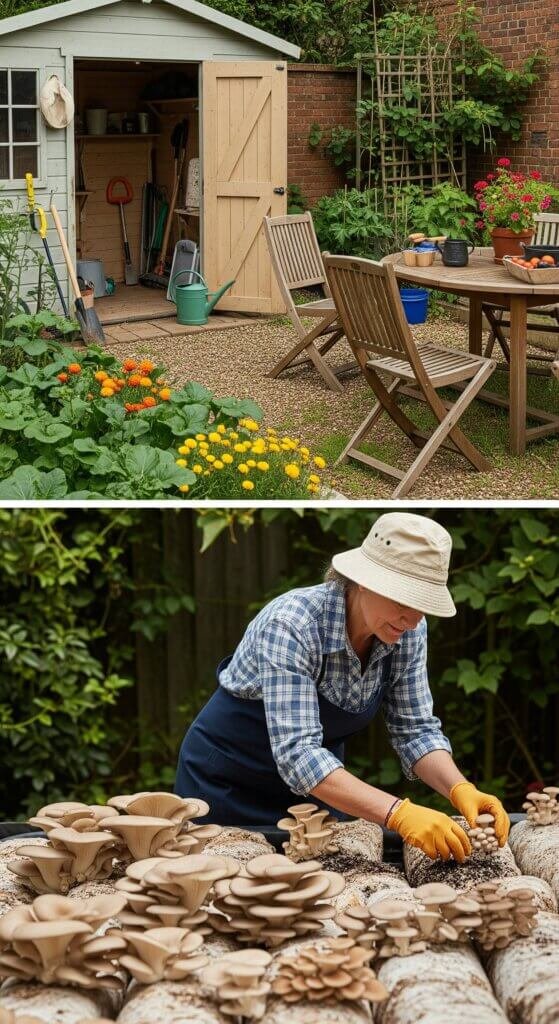
Tips for Success
Alright, here’s the secret sauce to keep your mushroom game strong and avoid those fungal flops:
Maintain cleanliness
Mushrooms are picky little divas—one wrong move and contamination crashes the party.
Always work in a clean spot.
Wash your hands, sanitize tools, and keep dust bunnies at bay.
Think of it as prepping a sterile VIP lounge for your mushrooms.
Monitor conditions
Mushrooms don’t do well with mood swings.
Keep an eye on the temperature and humidity—too hot, too dry, or too wet, and they throw a tantrum (aka stop growing).
Use a thermometer and hygrometer to keep things comfy, like adjusting your AC and humidifier for your mini fungi guests.
Start small
Don’t go full “mushroom empire” on your first try.
Start with a small setup so you can learn the ropes without wasting time or substrate.
Once you’ve nailed it, you can scale up and impress everyone with your mushroom kingdom.
Use quality spawn
Not all spawn is created equal.
Grab your spawn from trusted suppliers to make sure your mushrooms actually want to grow.
Think of it like buying fresh yeast for baking—quality ingredients make all the difference.
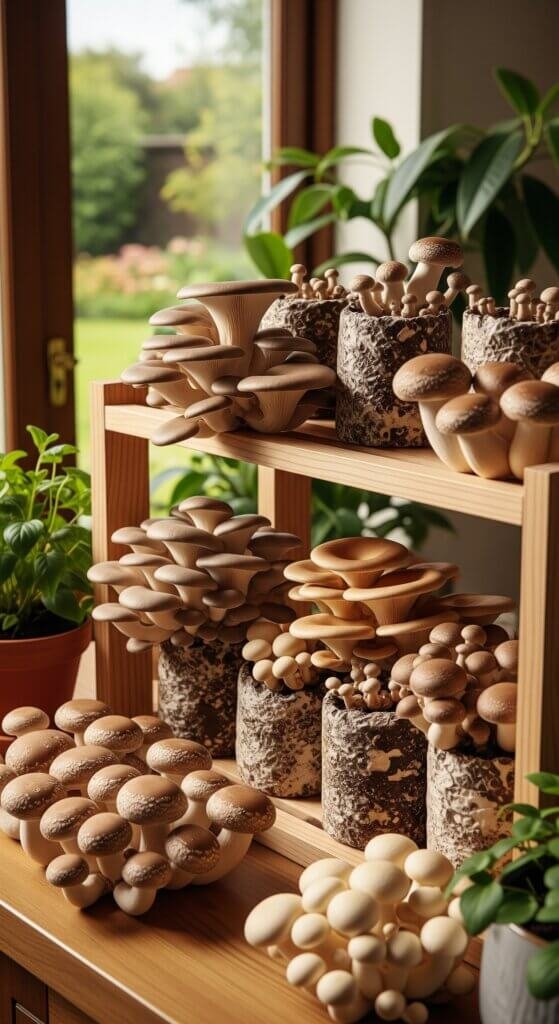
Troubleshooting Common Issues
Mushroom growing isn’t always a walk in the forest—sometimes things go sideways.
Here’s how to handle the usual hiccups without losing your cool (or your crop):
Contamination alert
If you spot green fuzz, black spots, or anything that smells like a gym sock left in a locker, your substrate has been invaded.
This means mold or bacteria have gatecrashed your mushroom party.
Don’t try to save it—toss that batch ASAP before it spreads and ruins the whole operation.
Think of it as kicking out the bad apples before they spoil the bunch.
Poor fruiting
No mushrooms showing up for the harvest? First, check if humidity is low or the air is stagnant.
Mushrooms love a humid, breezy hangout.
Mist regularly and make sure fresh air is flowing—no one likes a stuffy room.
Adjust temps and ventilation like you’re setting the perfect vibe for a fungi fiesta.
Slow growth
If your mycelium is dragging its feet, the culprit is probably temperature.
Too cold, and your mushrooms hit the snooze button.
Aim for that sweet spot between 65–75°F (18–24°C) during colonization to keep them hustling.
It’s like telling your mushrooms to get off the couch and get growing.
- Read also: A Beginner’s Guide: Tips to Growing Vegetables in Pots Indoors
- Read also: A Beginner’s Guide: Tips on How to Grow Garlic Indoors
Conclusion
Growing mushrooms at home isn’t some fancy science lab experiment—it’s doable, fun, and seriously rewarding.
Pick the right mushroom buddies, keep their room comfy, and follow a few simple steps.
Before you know it, you’ll be harvesting fresh fungi like a pro chef or a plant parent winning at life.
So dive in, have fun with it, and get ready to impress your taste buds with your very own indoor mushroom magic

